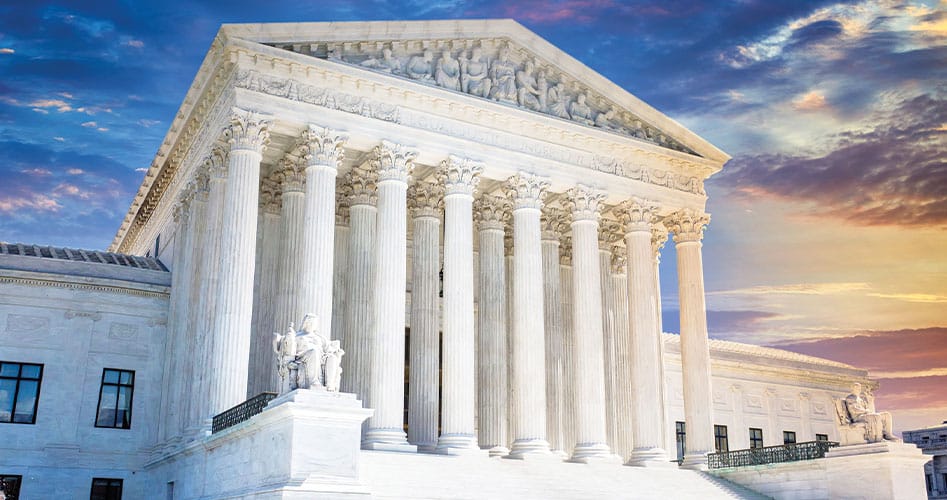The U.S. Supreme Court: The Enemy of the Constitution?
While arguing for ratifying the proposed Constitution in the Federalist Papers, Alexander Hamilton sought to reassure those who had expressed concern about creating a federal judiciary by calling it the least-dangerous branch and “beyond comparison the weakest.”
Hamilton reasoned the judicial branch “has no influence over either the sword or the purse; no direction either of the strength or the wealth of the society, and can take no active resolution whatever.” He added, “It may truly be said to have neither FORCE nor WILL but merely judgment; and must ultimately depend upon the aid of the executive arm even for the efficacy of its judgments.”
Under the system of separation of powers and checks and balances created by the U.S. Constitution, all legislative power was given to Congress, all executive power was vested in the president of the United States, and the judicial power — the power to interpret and apply the law in individual cases arising under the law and the Constitution — would be in the hands of one Supreme Court and such inferior courts as Congress might create.
JBS Member?
Sign in with your ShopJBS.org account.
 Subscribe Now
Subscribe Now
- 12 Issues Per Year
- Digital Edition Access
- Digital Insider Report
- Exclusive Subscriber Content
- Audio provided for all articles
- Unlimited access to past issues
- Cancel anytime.
- Renews automatically
 Subscribe Now
Subscribe Now
- 12 Issues Per Year
- Print edition delivery (USA)
*Available Outside USA - Digital Edition Access
- Digital Insider Report
- Exclusive Subscriber Content
- Audio provided for all articles
- Unlimited access to past issues
- Cancel anytime.
- Renews automatically



